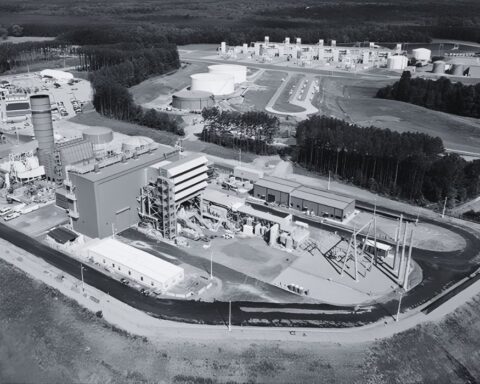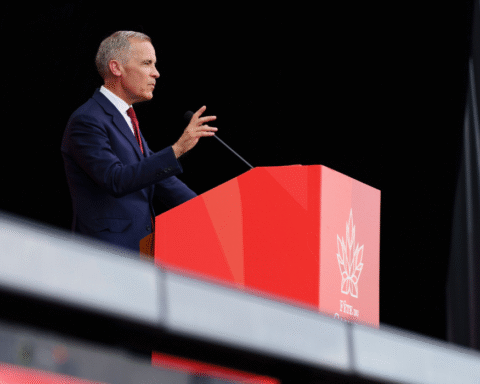This article was published by the Center for American Progress.
The Green Climate Fund created at the United Nations Framework Convention on Climate Change, or UNFCCC, meeting in Durban, South Africa, last week will go a long way toward reducing ever-increasing emissions in developing countries by broadly distributing investment risks and encouraging an increased flow of private capital into the fight against climate change. Thanks to the American delegation at the conference, the fund has the right design in place to support projects effectively around the globe that will help avoid the most catastrophic effects of climate change and help developed countries meet their pledges for the climate finance needed in the years to come.
In fact, the only way developed countries will fulfill their pledge made in Copenhagen in 2009—to mobilize $100 billion per year in adaptation and mitigation funding by 2020—is through a sophisticated Green Climate Fund that uses public money to leverage large amounts of private capital. Negotiators at Durban succeeded in making this fund a reality, and their work is a critical step forward in battling climate change.
This international action to bring private investors to the table in solving the climate problem is regrettably in marked contrast to the United States, where policymakers continue to thwart efforts to build the clean energy economy.
Before getting into how the fund should work, it’s important to understand why it’s necessary in the first place. After all, individual developed countries could simply make financial pledges on their own—just like they each made carbon reduction pledges in Copenhagen, Denmark, at the U.N. conference in 2009. This would not work, however, because the fund is about pooling risk, as well as capital.
Investments in climate change mitigation and adaptation can be very large—as much as several billion dollars. If a country is operating on its own, it can only afford to finance a limited number of projects each year. This will limit its ability to adequately diversify its portfolio, and it will prevent the country from effectively managing its risk. Instead of predictable returns, the country’s investment performance will vary wildly every year. In addition to the serious implications for budgeting and management, the public perception of such a program would be disastrous.
On the other hand, if countries work through a Green Climate Fund—as they committed to do in Durban—the investment risks will be spread much more broadly. The fund will have enough money to invest in different parts of the world, in different technologies, and in different business models, and it will be able to build different tools to meet the specific needs of each investment. For instance, the fund could provide insurance in case a solar power plant doesn’t perform as expected, and at the same time it could lend money for constructing new floodwalls.
It’s critical that the fund be designed to take advantage of this risk-sharing quality. We previously argued that a successful fund should have the following characteristics:
The fund’s management should be independent from the UNFCCC bureaucracy to make the most cost-effective funding decisions.
The fund should be specifically designed to attract large amounts of private capital.
The fund should have a variety of financial tools to provide targeted supports that meet the specific needs of each funding recipient.
The fund should have a trustee capable of managing billions of dollars in accordance with the strongest possible accounting standards.
The fund should make both adaptation and mitigation funding available.
The fund should consider gender balance, including in the composition of the board and designing projects.
The fund should be performance-based and data-driven.
The fund created in Durban meets these criteria. Importantly, the United States’ negotiators led a successful push to minimize the UNFCCC bureaucracy’s role in managing the fund and fought off efforts to reduce the role of private capital. It’s safe to say the fund is better because of the American delegation’s work.
We’ve laid the groundwork for the fund to be a success. Now it’s time to focus on making sure the implementation is equally successful.
Richard W. Caperton is the Director of Clean Energy Investment at American Progress.







